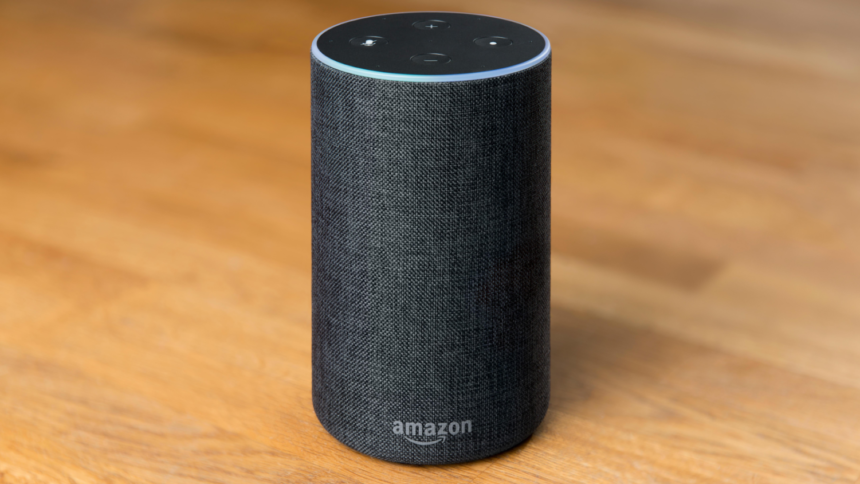Artificial Intelligence WILL change the world, whether good or bad is up for debate.
The development of Artificial Intelligence (AI) is rapid. With our reliance on AI for everyday use, the speed at which it will grow will continue to speed up as the years go by. According to Bergur Thormundsson from Statista, “In 2020, the global AI software market is expected to grow approximately 54 percent year-on-year, reaching a forecast size of 22.6 billion U.S. dollars”.
As it continues to grow, it is also going to cost more as well. The more it is used for daily life, the more the revenue will rise and when billions of people use it daily, the revenue will increase in turn. Sam Daley from Builtin says, “With its ability to organize massive amounts of data, recognize images, introduce chatbots and predict shifts in culture, AI is highly valuable to an industry with billions of users and about $45 billion in annual revenue”.

As Daley said, AI is highly valuable to the industry and most likely can never be replaced but will continue to be improved upon. Daley also said, “AI is the backbone of smart assistants, which can be accessed through most phones on the market these days and are also being integrated into cars and smart home devices”. Daley has also pointed out how much we truly use AI, and if you use popular products like Google Home or Alexa, you might know how truly useful it is.

While many people might not know it, AI has already helped the medical industry. “Common applications include diagnosing patients, end-to-end drug discovery and development, improving communication between physician and patient, transcribing medical documents, such as prescriptions, and remotely treating patients.” Says Kanadpriya Basu, Ritwik Sinha, Aihui Ong, and Treena Basu. AI has helped medicine a great deal, whether it’s from tedious tasks like doing documents to discovering new medicine to help people. Doctors can predict diseases relatively well, but AI will be able to do it even better.
“By 2030, AI will access multiple sources of data to reveal patterns in disease and aid treatment and care. Healthcare systems will be able to predict an individual’s risk of certain diseases and suggest preventive measures.” Says Carla Kriwet from The World Economic Forum. Since you can input data and it will know everything that’s been inputted, an AI can easily detect patterns that take longer for humans to detect. It is even able to detect things that humans themselves can’t.
According to Daniel Greenfield from Harvard University, “This algorithm could identify suspicious regions indistinguishable to the human eye in the biopsy samples given.” The AI was able to detect a region of some tissue that the human couldn’t. This points to a future where humans may not need to use certain machines to identify things and instead can use AI.
Just like everything else, AI has its own problems and poses many risks. “AI also raises near-term concerns: privacy, bias, inequality, safety, and security.” Stated the researchers from the Centre for the Study of Existential Risk (C.S.E.R) operating under the University of Cambridge. Like the researchers from C.S.E.R. said, AI raises many concerns just as it has its benefits. A common concern is that when the people programming the AI have certain feelings towards certain subjects, those feelings will bleed into the AI’s programming.
According to the researchers in C.S.E.R, “On safety: our current systems often go wrong in unpredictable ways. There are a number of difficult technical problems related to the design of accident-free artificial intelligence. Accidents caused by more powerful systems would be far more destructive.” C.S.E.R, again, saying how we need to be careful around AI. AI currently still has problems and as it improves the problems will continue to grow.
However, we do have ways to mitigate the risk, or at least can continue to create some. Stated by The Artificial Intelligence/Machine Learning Risk & Security Working Group (AIRS) at Wharton University of Pennsylvania, “…to mitigate AI risk include oversight and monitoring, enhancing explainability and interpretability, as well as exploring the use of evolving risk-mitigating techniques like differential privacy, and watermarking, among others.”
Now take a second, just a minute or two, and think. AI’s possibilities are as high as the sky, and so are its dangers. Knowing this, knowing it can do wonders for our world, good or bad, think about what YOU can do to support your side. Pick up your phone, and a laptop, and get your opinion out there. Every opinion matters and yours might just help more than you think.
This article originally appeared in The Trojan Tribune


